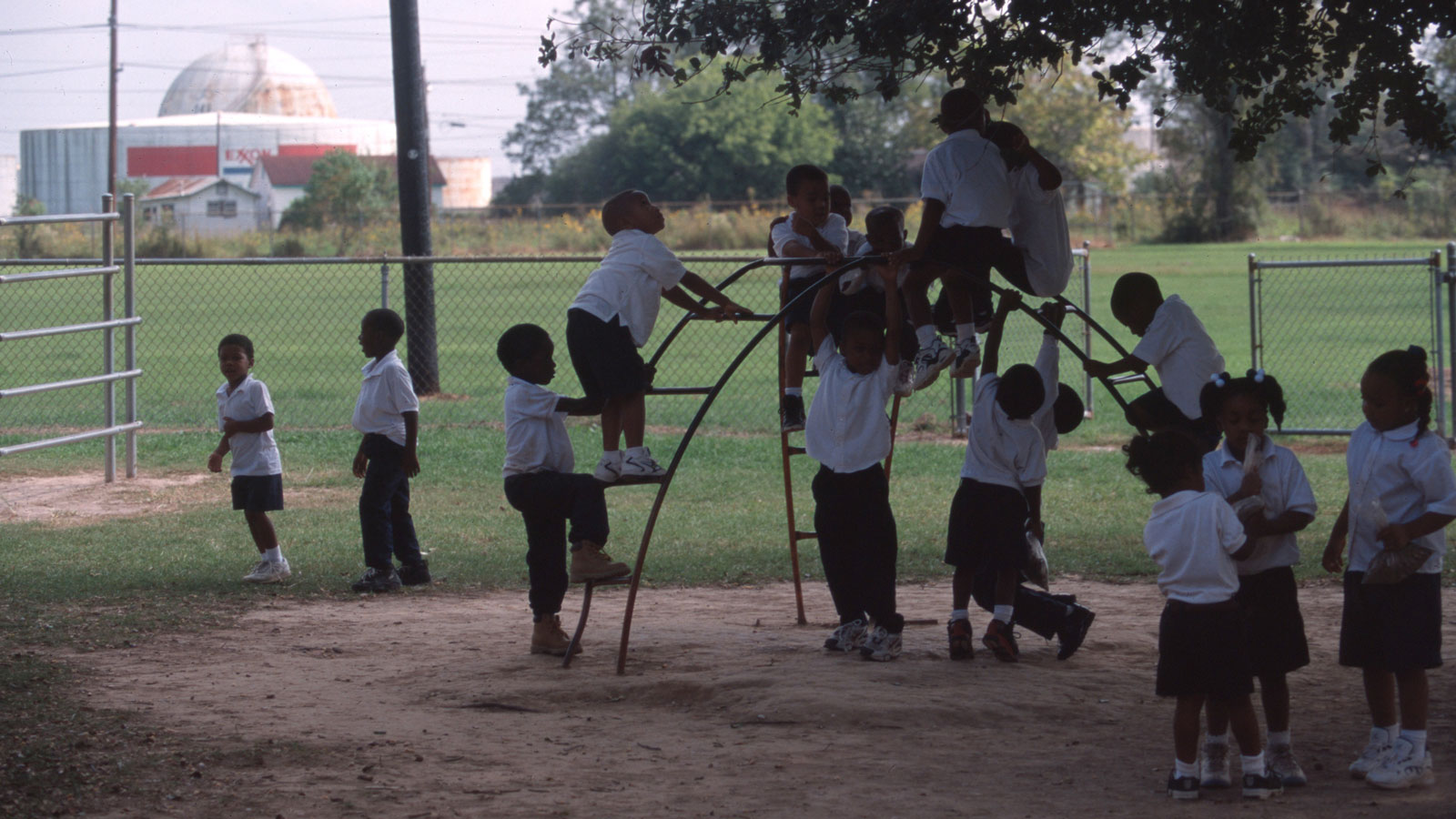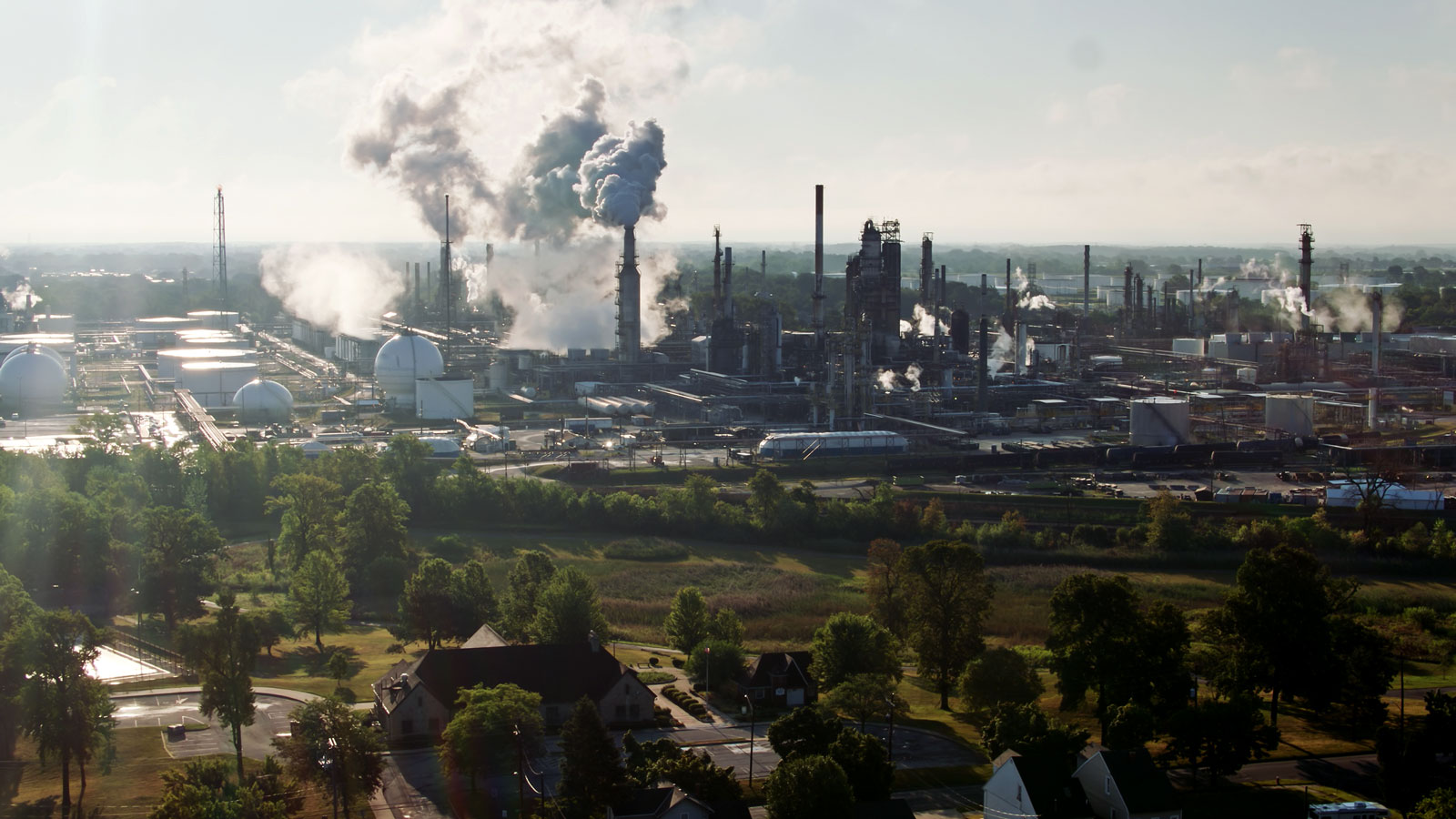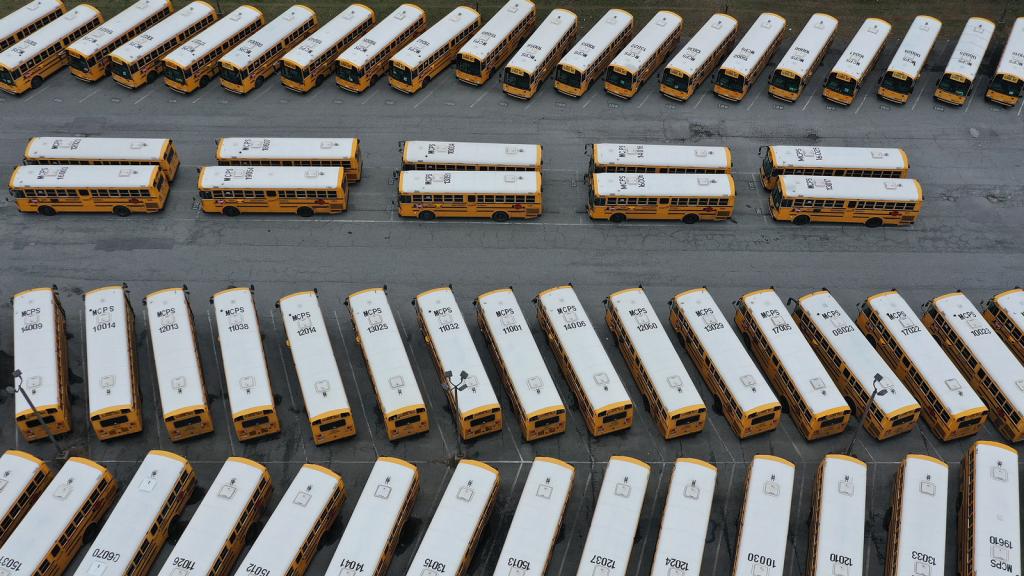Keith Hirokawa is associate dean of research and scholarship at Albany Law School, and Rachel Patterson is policy lead at Evergreen Action.
On the campaign trail in 2020, Joe Biden promised that his administration would direct 40 percent of the benefits from climate- and clean energy-related investments toward communities that have been historically marginalized and overburdened by pollution. This promise led to the Justice40 initiative. To implement it, the Council on Environmental Quality developed the Climate and Economic Justice Screening Tool, which maps disadvantaged neighborhoods based on pollution factors like proximity to toxic waste sites and socio-economic factors like income. But the tool has a glaring flaw: It intentionally omits race from the list of considerations.
The Council is soliciting feedback on the draft screening tool through April 25 and will consider comments as it develops the final version — which means there’s still time to tell the Biden administration to change course.
We’ve known for decades that racism is inextricably linked to environmental inequities due to racially motivated land-use patterns that relegate communities of color to polluted areas, while wealthier and whiter communities enjoy cleaner, healthier environments. Zoning decisions, redlining, “sundown towns,” and “revitalization” efforts such as “urban blight removal” — often coded language for “Black removal” — have resulted in pollution exposure that disproportionately affects people of color. Today, Black Americans are 75 percent more likely to live near toxic facilities than white Americans.
But indicators like proximity to pollution, income, educational attainment, and housing expenses are not a substitute for race in measuring environmental burden. While these indicators are important and belong in the screening tool, the omission of race discounts the impacts faced by middle- or high-income people of color, who still experience pollution at greater rates than their white counterparts.
In other words, a median-income white household is statistically more likely to breathe cleaner air and live in a nontoxic neighborhood than a median-income Black household. Without including race, these Black and brown communities might not be counted as disadvantaged under the screening tool.
A recent analysis by Grist shows how if a community is low-income but not low-income enough, it might not be considered disadvantaged even if it lives with high pollution exposure. This means that two communities with equal pollution exposure could be treated differently if one of them has a higher income than the other.
The Biden administration has explained the omission of race as a legal strategy, stating that the Justice40 Initiative must be able to stand up in court. Presumably, it fears the recent attacks on affirmative action programs by conservative judges. Yet the administration is kidding itself if it thinks a “race-neutral” alternative can reverse the impacts historic racism has had on communities of color. Legally, if race is not an explicit decision-making factor written into the policy, it cannot be used to assess who should receive the benefits. The screening tool is our only shot. Otherwise, administrators of programs will have to ignore race when giving out investments.
By refusing to name the root cause of economic, social, and environmental disparities, the Council on Environmental Quality has produced a fundamentally inaccurate and functionally limited tool.
Following the tool’s release in February, leaders in the environmental justice movement, including members of Biden’s own Environmental Justice Advisory Council, have denounced the omission. This backlash from those within the very communities the tool is intended to serve provides a clear signal: Voters who elected President Biden on his promise to pursue the “most ambitious environmental justice agenda ever” won’t be satisfied with the current plan.
To live up to the president’s commitment to begin rectifying decades of environmental racism, the screening tool must include race as a factor for identifying affected communities, and the Council should release it by the end of the year. This will strengthen the tool’s effectiveness and allow the Justice40 Initiative to fulfill its true potential by prioritizing communities that have experienced the greatest environmental harms.
Historic racialized oppression is why communities of color continue to suffer the most from pollution and displacement. Ignoring this suggests the administration is willing to hamstring its signature environmental justice initiative and portends that Justice40 will fail to achieve its goal of sending greater investments where they are needed the most.
In his victory speech, President Biden said, “The African American community stood up again for me. They always have my back, and I’ll have yours.” Black Americans delivered President Biden the White House. Now, he must deliver the basic rights of clean air, clean water, and nontoxic land to Black Americans — and all who live with pollution. Let’s tell him so.
The views expressed here reflect those of the authors.
Fix is committed to publishing a diversity of voices, and we want to hear from you. Got a bold idea, fresh perspective, or insightful news analysis? Send a draft, along with a note about who you are, to opinions@grist.org.
Correction: An earlier version of this article misstated how the screening tool assesses income. It’s been updated to better reflect how it defines disadvantaged communities and distributes funds.




